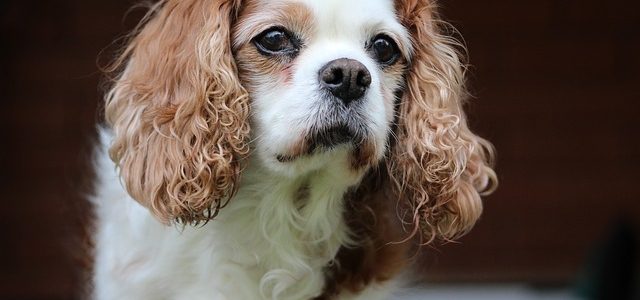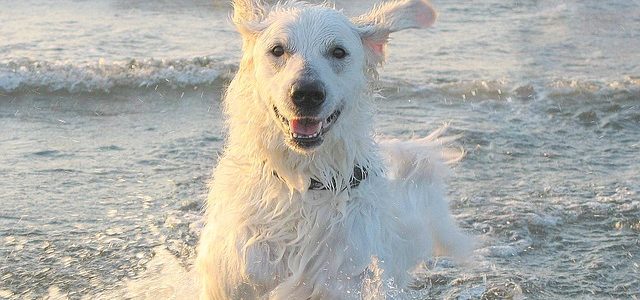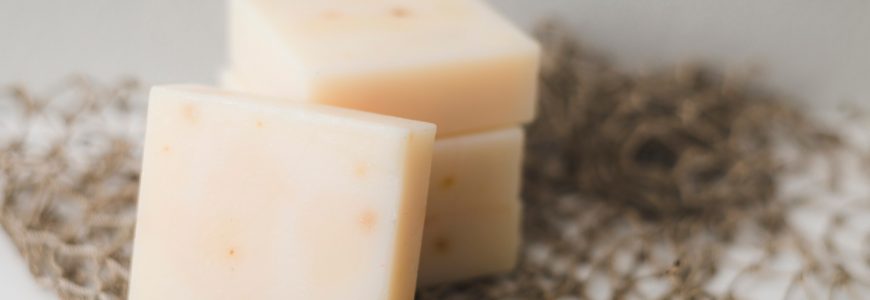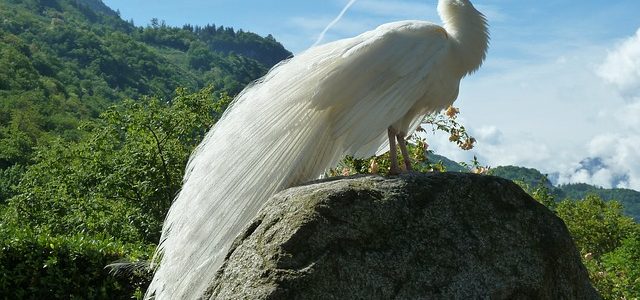You may have seen labrador, german shepherd, and rottweiler in your hood but there are certain dog breeds that are not so common and you might have never seen them in real life either. Some of the dog breeds are listed below, read the information below and see how many have you ever heard of in your life till now.
Treeing Tennessee Brindle
Treeing Tennessee Brindle actually originated first from U.s, primarily in or around the Appalachian or Ozark Ranges. The Treeing Tennessee Brindle is aware, versatile, and quick. They have an innate ability to kill, and they “tree” their target by pulling anything into a tree. When the victim is alone, they warn the individual by howling. As per the AKC, the old phrase, “You bark the wrong tree” derives from this method of hunting. For non-hunting people, TTBs enjoy athletic exercise, cycling a couple of hours a day, enjoying sports indoors (like hide-and-seek), and catching balls.
Schipperke
The Schipperke (pronounced Skipper-key) is tiny and lively and is local to Belgium. Loved for his curious attitude and stunning coat, “The Little Black Devil” was indeed a rats killer. Currently, they are known as pleasant, faithful buddies. Their goofy attitude and passion for games need a committed owner to manage their activities. Schipperkes become creative escape artists—a well-hung backyard, or on walks are for everyone. You might be shocked to find that even schipperke colors are not very common, they often come in black coats only.
Coton de Tulear
The Coton de Tulear, regarded as the Imperial Dog of Madagascar, goes all the way back to many generations. Having roots with both the Maltese and Bichon Frise, this pleasant animal has traditionally acted as a royal dog. Socially active and clever, Coton sometimes acts like a little, fuzzy goof. Their springy behavior and tireless drive are amusing, but owners should be cautious not to slip absolutely into their Coton cast, this fun-loving dog can reap the benefits of the forgiving owner.
Berger Picard
With its alluring look, don’t make the low-maintenance dog seem dumb to you. This breed is worthy of the French pedigree. Traditionally a sheepdog, the Berger Picard just about vanished just after the Second World War. Luckily, the breed lovers are restoring their existence not just in France, but globally. Pleasant, friendly, and energetic, Berger is ready for publicity and also exhibits hilarious conduct.
Boykin Spaniel
With its golden eyes as well as a fluffy, chocolate-colored body, the Boykin Spaniel can comfortably be classified as a pleasant house pet. This breed is not a lap dog. Being a hard-working and lively dog, this spaniel is also an experienced hunting buddy. Raised to capture wild turkeys, Boykin initially emerged in the south-eastern United States in the early twentieth century. Identified as South Carolina’s primary breed, Boykin Spaniel has a sweet temperament and loves children.
Leonberger
Established in Germany throughout the mid-1800s, Leonberger was a darling of the European royal family. Powerful and dominant, this protector of the house looked precisely like a lion. Currently, his gentle and loving nature makes him an ideal service dog, or a child’s friend. But don’t be tricked by his huggable temperament, owners should teach their dogs appropriately. With a lot of Leonbergers carrying more than 120 lbs, they automatically feel they’re the leader.





